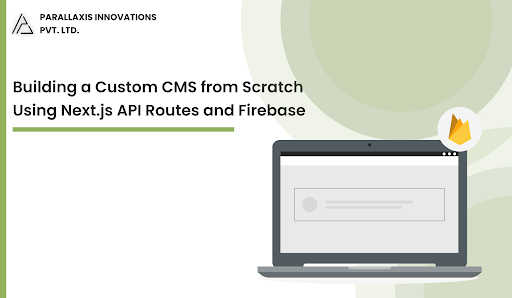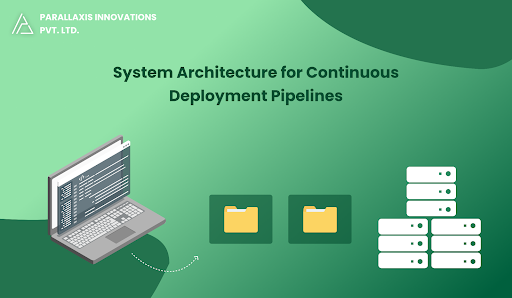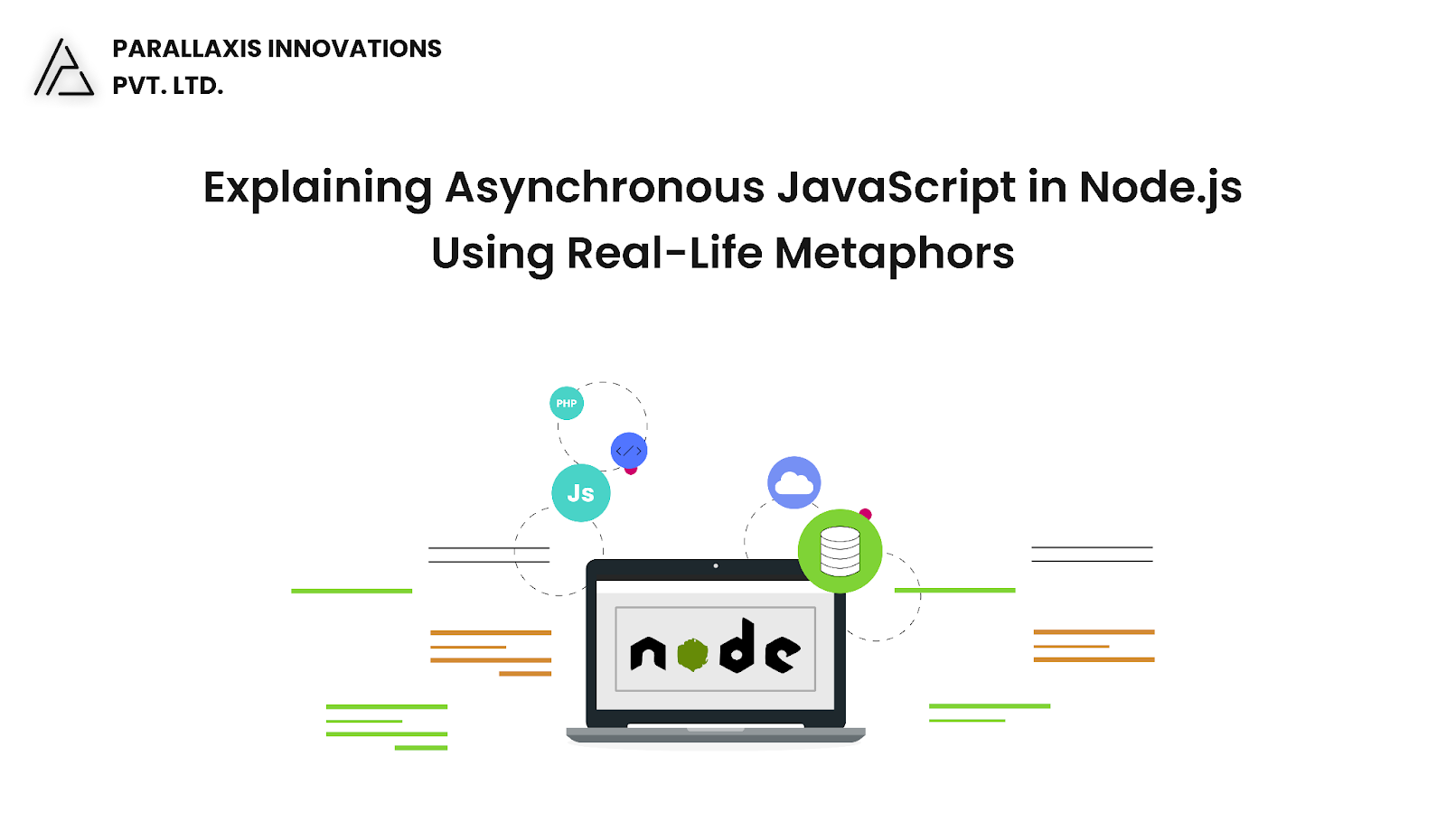In today's fast-paced web development world, having full control over your content management system (CMS) can be a game-changer. With Next.js and Firebase, you can build a lightweight, custom CMS that scales with your needs—without being tied to third-party platforms.
In this post, you'll learn how to build your own CMS from scratch using Next.js API routes for backend logic and Firebase for real-time data storage and authentication.
What is a CMS?
CMS stands for Content Management System.It is a tool or software that helps you create, edit, and manage content on a website — without needing to write code.
Example:
- Think of it like Google Docs, but for websites.
- You can write text, add images, or publish a blog post just by clicking buttons — no coding needed.
Tech Stack Overview
- Next.js – React-based framework with built-in API routes
- Firebase – for real-time database and user authentication
- Tailwind CSS (optional) – for styling the CMS dashboard
Step 1: Project Setup
Initialize Next.js Project
npx create-next-app custom-cms
cd custom-cms
npm install firebase
Firebase Configuration
Create a Firebase project at console.firebase.google.com.
- Enable Firestore Database
- Enable Email/Password Authentication
Create a file: lib/firebase.js
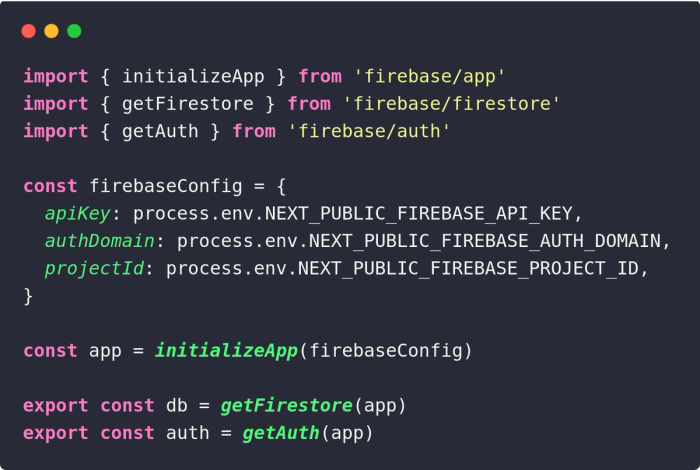
Step 2: Authentication
Create a simple login form using Firebase Auth:
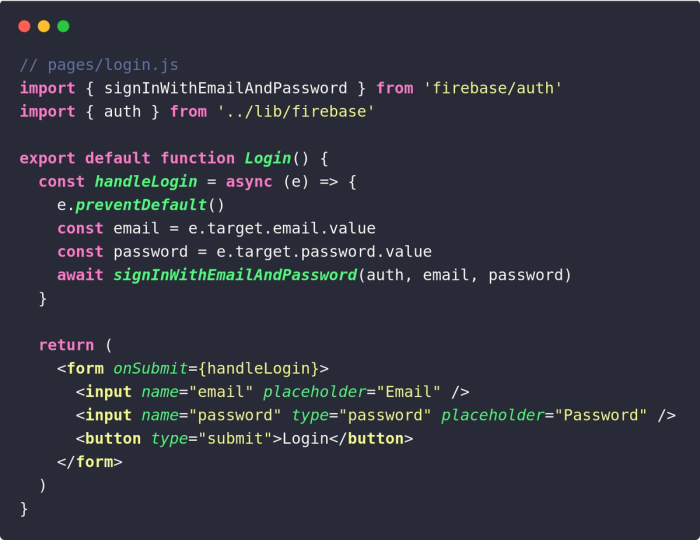
Step 3: API Routes for Content Management
Create API routes for adding, editing, and deleting content.
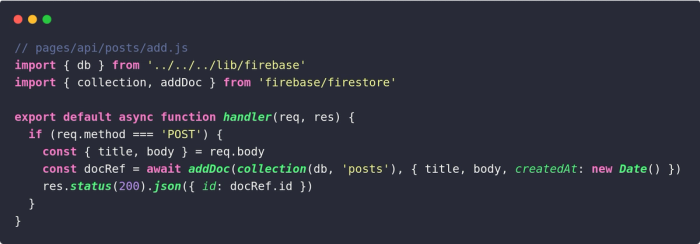
Step 4: CMS Dashboard UI
Create a simple dashboard to manage posts.
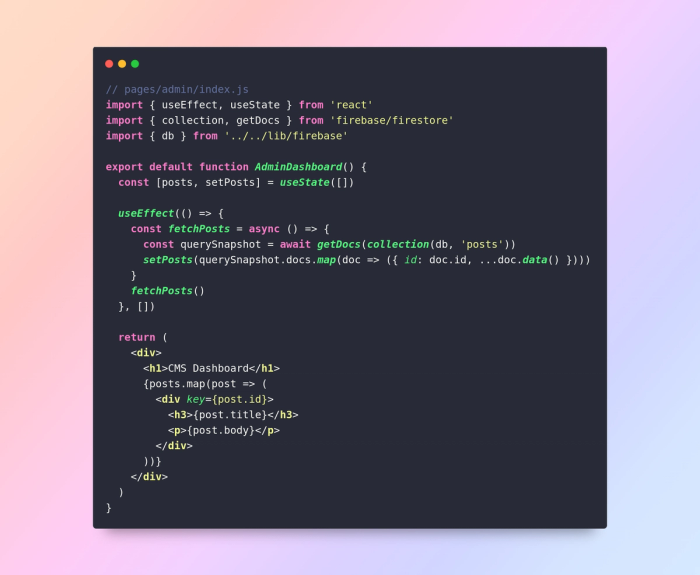
Step 5: Editing and Deleting Posts
Add edit and delete buttons to each post, calling the respective API routes. You can pass post ID and updated data via fetch().
Optional: Role-Based Access
Use Firebase custom claims or check email addresses in your Next.js logic to limit access to admins only.
Final Thoughts
By combining Next.js API routes with Firebase, you've built a secure, full-featured custom CMS with:
- Authentication
- Real-time content editing
- Scalable architecture
- Full control over UI and backend logicThis setup is perfect for blogs, portfolios, product catalogs, or even as a backend panel for larger applications.
